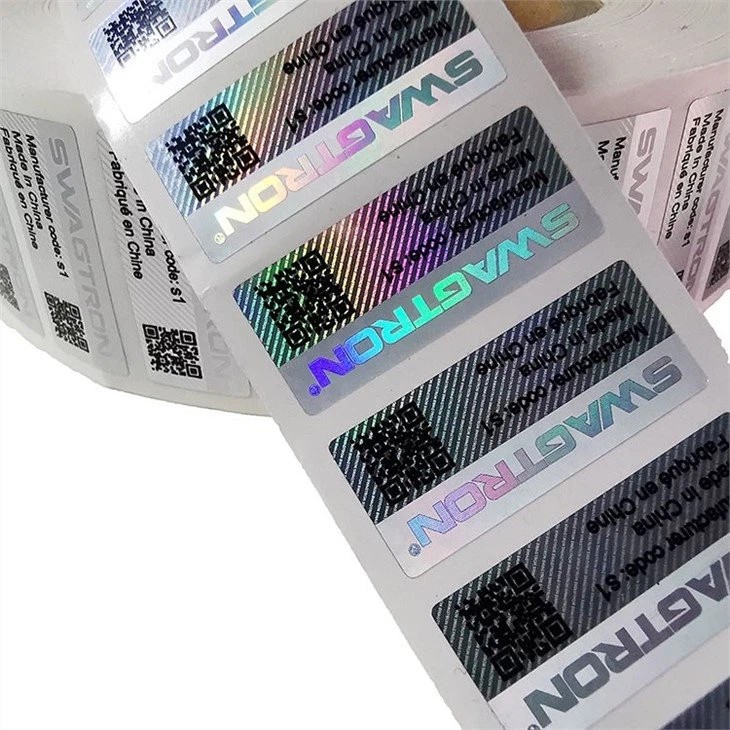Tamper evident labels are special labels designed to clearly show signs of interference or unauthorized access. Here’s a detailed look at them:
1. Definition and Function
Tamper evident labels are labels that, once applied to a product, package, container, or document, will leave visible evidence if someone attempts to remove, open, or modify them. Their primary function is to deter tampering, provide security, and give consumers, inspectors, or handlers an easy way to identify if the item has been compromised. For example, on pharmaceutical products, they ensure that the drugs inside haven’t been tampered with before reaching the end – user, safeguarding public health.
2. Types
- Void Labels: These are among the most common. When someone tries to remove a void label, it breaks apart, leaving behind a pattern, usually the word “VOID” or a scrambled design, on both the label and the surface it was attached to. This makes it immediately clear that the label has been removed or tampered with.
- Fragile Labels: Made from materials that are easily torn or damaged. If someone tries to remove or open a package with a fragile label, the label will rip, indicating that unauthorized access may have occurred. They are often used on valuable or sensitive items.
- Sequential Numbered Labels: Each label has a unique sequential number. This helps in tracking and auditing. If a label with a specific number is missing or out of sequence, it can be a sign of tampering or improper handling.
- Thermochromic Labels: These labels change color in response to temperature changes. If an item has been exposed to abnormal temperatures during storage or transit, the label will indicate this, which could be a sign of improper handling or an attempt to gain unauthorized access in a way that affected the temperature of the item.
3. Materials and Adhesives
- Materials: Tamper evident labels can be made from a variety of materials such as paper, plastic (e.g., polyester, polypropylene), and metalized films. Paper labels are more cost – effective but may not be as durable as plastic or metalized ones. Plastic labels offer better resistance to moisture, chemicals, and physical damage.
- Adhesives: Special adhesives are used to ensure that the label adheres firmly to the surface. Some adhesives are designed to bond so strongly that attempting to remove the label will cause it to break or leave residue, further indicating tampering. Permanent adhesives are commonly used for tamper evident labels, but there are also removable adhesives that still provide some level of tamper indication when removed.
4. Applications
- Food and Beverage Industry: To ensure the safety and integrity of products. For example, on sealed food containers, jars, and beverage bottles, tamper evident labels prevent contamination or product substitution.
- Pharmaceutical Industry: Critical for ensuring the safety of drugs. Tamper evident labels on pill bottles, blister packs, and boxes help prevent the addition of harmful substances or the removal of medication.
- Logistics and Shipping: Used to seal packages and containers during transit. This allows the recipient to check if the package has been opened en route, protecting the contents from theft or tampering.
- Electronics: On new electronic devices, tamper evident labels are used to protect the warranty. If a user tries to open the device for unauthorized repairs, the label will show signs of tampering, voiding the warranty.
In summary, tamper evident labels play a crucial role in maintaining the security, safety, and integrity of a wide range of products and packages across various industries.




